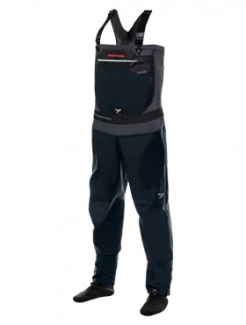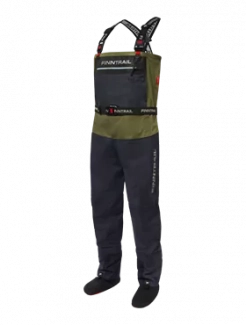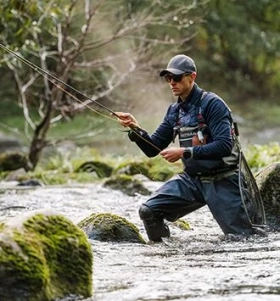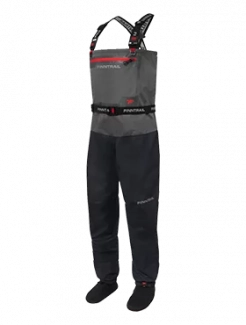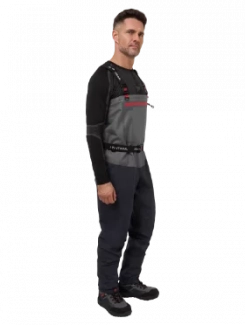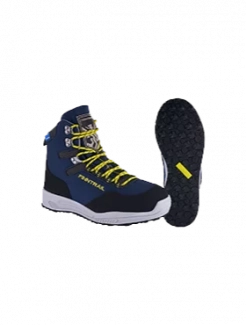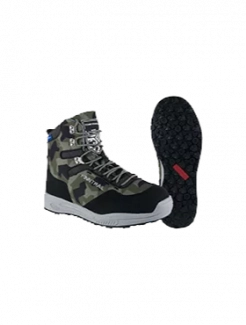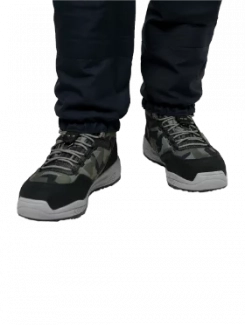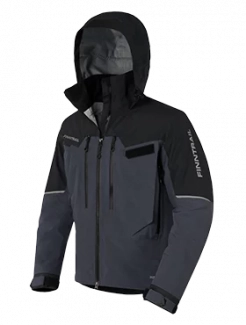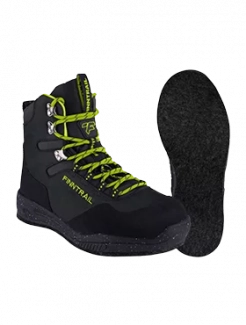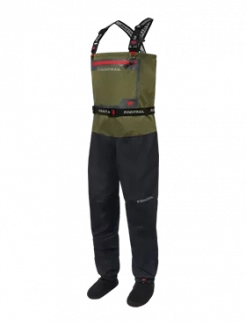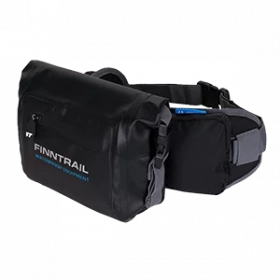How to Catch Trout: Techniques and Tips
Whether you're a seasoned angler or a beginner looking to reel in your first catch, learning how to catch trout is an exciting and rewarding pursuit. With various species like lake trout, rainbow trout, brook trout, brown trout, and steelhead trout, the approach can vary based on location, season, and technique. This comprehensive guide will cover everything from the best bait to the best time of day to catch it, so you can land that trophy fish no matter where or when you're fishing.
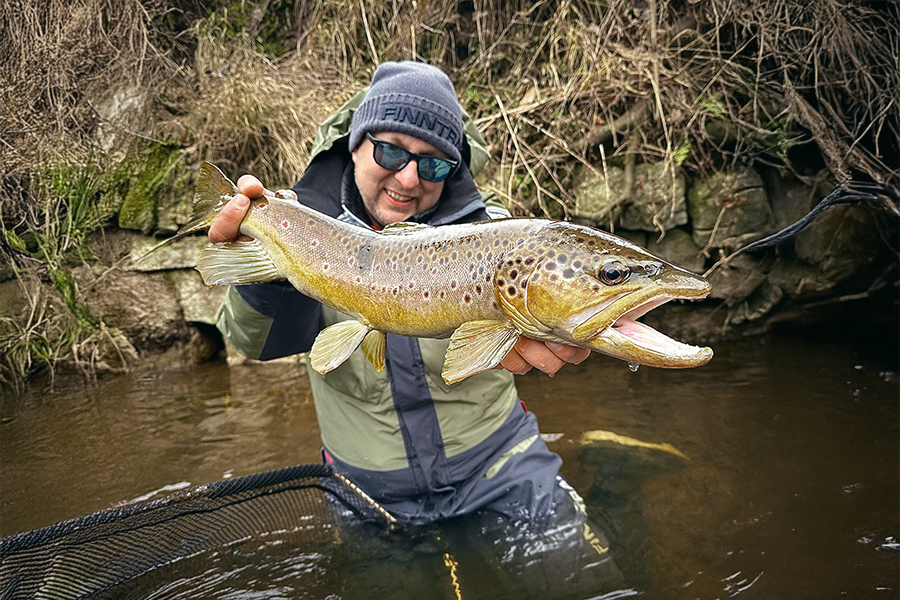
Understanding Trout Habits
Trout are cold-water fish found in lakes, rivers, streams, and ponds across the world. They are known for being elusive and selective eaters, which makes catching them a skillful task. Their behavior changes depending on the season, time of day, and water conditions—which is why timing, gear, and presentation matter.
How to Catch Lake Trout
Lake trout thrive in deep, cold waters and are most active when temperatures are low. Here’s how to target them throughout the seasons and depths:
-
Summer Strategy: As temperatures rise, lake trout head for deeper water—usually 50 to 80 feet or more. Trolling with downriggers and spoons or swimbaits is highly effective. Jigging with heavy jigs tipped with minnows also works well.
-
Fishing in Deep Water: Use sonar to find schools, then fish vertically with jigging spoons or tube jigs. White or silver colors are ideal as they resemble baitfish at depth.
-
Top Lake Tactics: Trolling along drop-offs or near the thermocline during early morning or late evening gives you the best shot at active fish.
-
Ice Fishing Tips: Lake trout stay active in winter. Target them by jigging spoons or tube jigs over deep holes, using cut bait or live minnows for extra appeal.
How to Catch Trout in Rivers and Streams
River trout often hold in current seams, eddies, and undercut banks—places where they can conserve energy while waiting for food to drift by.
-
Lure and Bait Options: Use small spinners, soft plastics, or fly fishing gear. Natural baits like worms or salmon eggs work well when drifted through runs and pools.
-
Stream Tactics: Match the hatch — watch what insects are on the surface and use a similar fly or bait. During the brown trout spawning season, try larger streamers or minnows to trigger aggressive strikes.
Catching Trout in Ponds
Pond trout, especially stocked ones, can be a great option for beginners—but success still requires a careful approach.
-
Timing & Technique: Fish during early morning or late evening when trout are most active. Use simple baits like PowerBait, worms, or even corn.
-
Stocked Pond Tips: Bright baits such as chartreuse PowerBait or flashy spinners tend to grab the attention of stocked trout used to pellet feed.
-
Catch and Release: Ponds are perfect for practicing catch and release. Use barbless hooks, minimize handling, and release the fish gently to keep the population healthy.
Catching Rainbow Trout
Rainbow trout are aggressive feeders, but they spook easily—so finesse is key.
-
Best Baits: Go-to choices include nightcrawlers, salmon eggs, PowerBait, and small spinners. These work well in both stocked and wild waters.
-
Clear Water Tip: In crystal-clear conditions, stick to natural baits like worms or insect imitations for a more convincing presentation.
-
Gear Recommendations: Use an ultra-light rod paired with 4–6 lb. test line. This setup offers better sensitivity and helps present bait more naturally.
How to Catch Brook Trout and Golden Trout
Brook and golden trout are prized for their beauty and the remote, scenic waters they call home. Each species requires a slightly different approach, but both reward anglers who enjoy a bit of adventure.
-
Brook Trout Tactics: Look for these colorful fish in cold, clear mountain streams — especially in shaded areas. Dry flies, worms, and small nymphs work well in these tight, natural environments.
-
Top Brook Trout Baits: Grasshoppers, crickets, and small insect imitations are reliable options, especially in late summer when terrestrials are common near the water.
-
Golden Trout Strategy: Found in remote alpine lakes, golden trout require a backcountry approach. Pack light and use barbless flies or small spinners. These fish are skittish, so stealth and patience are essential.
How to Catch Steelhead Trout
Steelhead are sea-run rainbow trout known for their strength and unpredictable fights—making them one of the most rewarding challenges for trout anglers.
-
Effective Techniques: Drift fishing with roe, worms, or soft beads is a proven method. For fly anglers, streamers and egg patterns are popular choices.
-
Where and When to Fish: Target steelhead near river mouths or during their spring and fall spawning runs when they move upstream from the ocean or Great Lakes.
Seasonal Trout Fishing Tips
Summer (June–August)
Summer trout fishing requires a change in strategy due to warmer water temperatures and increased fishing pressure.
What to Expect
Summer trout fishing brings new challenges as water temperatures rise and fishing pressure increases. Trout seek out cooler, deeper water in lakes—often 50 to 100 feet down—and become more selective. In rivers and streams, they hold in shaded areas, spring-fed pools, or fast-moving oxygen-rich runs.
Feeding activity peaks during the early morning and late evening, while bright midday sun often slows the bite. To stay successful, you’ll need to adapt with deeper presentations and more precise targeting. Use downriggers with spoons or swimbaits for trolling, or try deep-diving crankbaits and streamer flies. Natural baits like worms remain effective—just add split-shot weights to reach those cooler holding zones.
Tips:
-
Troll deep—50 to 100 feet—with downriggers using spoons or swimbaits.
-
Focus on shaded banks, spring-fed holes, or fast-moving, oxygen-rich runs.
-
Use deep-diving crankbaits, spoons, or streamer flies to reach fish holding low.
-
Add small split-shot weights to help your worm sink into cooler water pockets where trout may be hiding.
Fall (September–November)
Fall is one of the best seasons to target trophy trout. As the water cools, trout become more active, feeding aggressively and preparing to spawn.
What to Expect
During fall, trout behavior changes dramatically. Brown and brook trout begin their spawning season, becoming aggressive and more responsive to lures. Rainbow and lake trout, on the other hand, go on a feeding spree to build up energy for winter. As temperatures drop, trout move from deeper waters back into shallower areas, especially in lakes and around gravel beds in rivers and streams. This seasonal shift makes them more accessible and easier to target for anglers.
Tips:
-
Try large lures or streamers to tempt aggressive pre-spawn fish.
-
Target gravel-bottom shallows where trout are preparing to spawn.
-
Shore fishing picks up again, especially around dawn and dusk.
Top Baits: Minnows, salmon eggs, and big soft plastics with a bold profile.
Winter (December–February)
Winter might seem like the off-season, but for anglers who don't mind the cold, it offers a unique and rewarding challenge.
What to Expect:
As temperatures drop, trout become less active. Their metabolism slows, so they feed less often and tend to stay in deep, slow-moving pools or under the ice in lakes. Ice fishing becomes the go-to technique during this time, offering a different but effective way to catch trout.
Tips:
-
Try small jigs tipped with waxworms or maggots to match the trout’s reduced appetite.
-
Fish near drop-offs using white tube jigs paired with minnows or cut bait.
-
Aim for midday, when temperatures rise slightly and trout are more likely to move.
-
Use light line and subtle presentations to avoid spooking sluggish fish.
Best Time of Day to Catch Trout
-
Early morning (sunrise to 9 a.m.) and late afternoon (4 p.m. to dusk).
-
During cooler temperatures and low-light periods.
-
At night fish near light sources or structures where trout feed under cover of darkness.
Whether you’re trolling deep lakes, drifting rivers, or ice fishing in winter, knowing the best way to catch trout is a combination of timing, bait selection, and understanding trout behavior. Use these catching trout tips and adapt them to your local waterbody and conditions for the best chance at success. Happy fishing!

